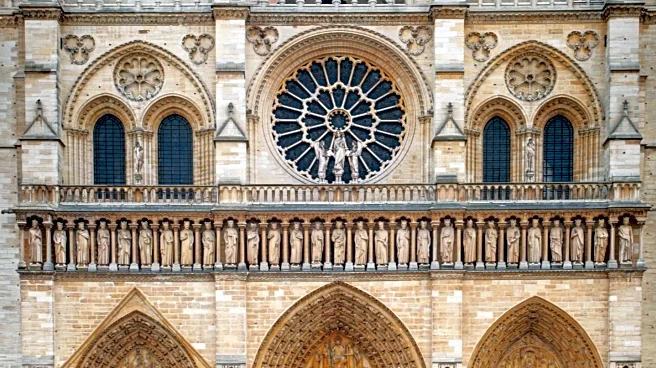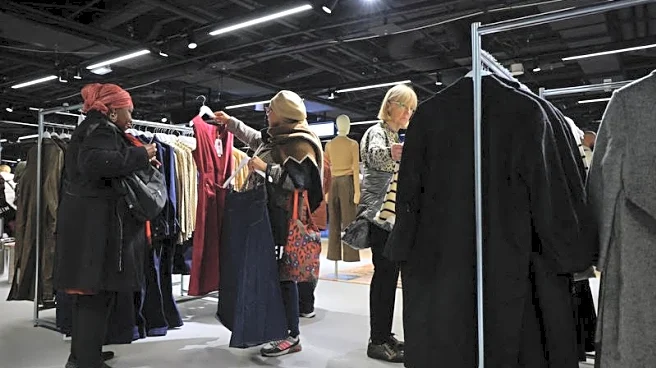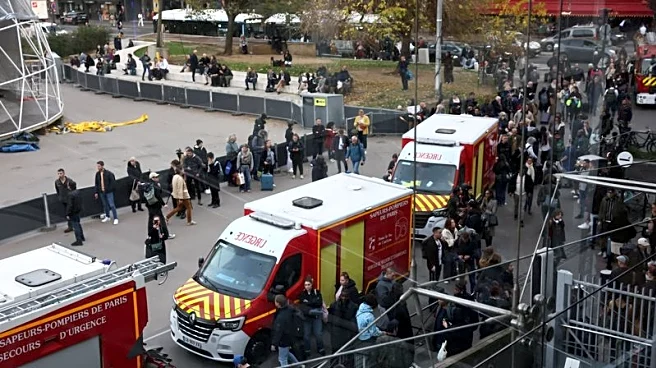What's Happening?
The Louvre Museum in Paris has announced the temporary closure of certain offices and a public gallery due to concerns over structural fragility. This decision follows a technical report indicating particular
fragility in the beams supporting the floors of the second level of the museum's Sully wing. As a precaution, access to these offices has been blocked, and 65 employees have been relocated for three days while experts assess the situation. Additionally, the Campana Gallery, which houses antique Greek ceramics and is located below the affected offices, has been closed. This move comes amidst ongoing preparations for ambitious renovations at the museum, which were announced earlier this year. The Louvre is also dealing with the aftermath of a recent heist involving crown jewels valued at over $100 million.
Why It's Important?
The temporary closure of parts of the Louvre Museum highlights the challenges faced by historic institutions in maintaining structural integrity while preserving cultural heritage. The museum's decision to close these areas underscores the importance of safety and preservation in the face of unforeseen structural issues. This development may impact the museum's operations and visitor experience, potentially affecting tourism and cultural engagement. The Louvre's ongoing renovation plans aim to modernize and secure the facility, ensuring its continued status as a leading global cultural destination. The recent jewel heist further complicates the museum's situation, drawing attention to security and preservation concerns.
What's Next?
The Louvre Museum will conduct a thorough assessment of the structural issues identified in the Sully wing. Experts will evaluate the damage and determine necessary repairs or reinforcements to ensure safety. The museum's management will likely prioritize these repairs as part of the broader renovation efforts. The temporary relocation of employees and closure of the Campana Gallery may lead to adjustments in museum operations and visitor access. Stakeholders, including cultural preservationists and government officials, may engage in discussions about funding and support for the museum's renovation and security measures.
Beyond the Headlines
The Louvre's structural concerns raise broader questions about the preservation of historic buildings and the balance between modernization and maintaining cultural heritage. The museum's situation may prompt discussions on the ethical responsibilities of cultural institutions to protect both their physical structures and the artifacts they house. Long-term implications could include increased investment in preservation technologies and strategies to safeguard historic sites against structural and security threats.













